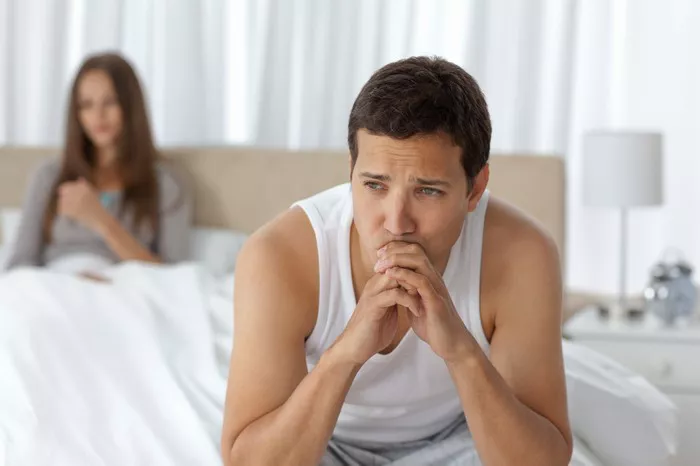Experiencing light cramps without a menstrual period can be perplexing and concerning. Many women may find themselves asking why they are feeling these symptoms when they expect their period. Understanding the underlying causes of light cramps in the absence of menstruation is essential for addressing any health concerns and alleviating anxiety. In this article, we will explore several potential reasons for these symptoms, along with recommendations for when to seek medical advice.
Understanding the Menstrual Cycle
To comprehend why you might have light cramps without a period, it is essential to first understand the menstrual cycle. The menstrual cycle typically lasts about 28 days, although it can vary from person to person. It involves several stages, including the follicular phase, ovulation, luteal phase, and menstruation. Each phase is regulated by hormonal changes in the body.
The Role of Hormones
Hormones play a crucial role in regulating the menstrual cycle. The main hormones involved include estrogen and progesterone. Estrogen helps to build the uterine lining, while progesterone prepares the lining for a potential pregnancy. If fertilization does not occur, hormone levels drop, leading to menstruation.
What Are Cramps?
Cramps are a common symptom during the menstrual cycle. They are caused by the contraction of the uterus as it sheds its lining. However, cramps can also occur for other reasons, even when menstruation does not happen.
Common Causes of Light Cramps Without a Period
Several factors can contribute to light cramps without the onset of a menstrual period. Understanding these potential causes can help you determine the next steps for your health.
Pregnancy
One of the most common reasons for experiencing cramps without a period is pregnancy. Some women may notice light cramping as a sign of early pregnancy. This can happen due to implantation, where a fertilized egg attaches to the uterine lining. In this case, you might also experience other symptoms, such as nausea, breast tenderness, or fatigue.
Hormonal Imbalances
Hormonal imbalances can cause irregularities in the menstrual cycle. Conditions such as polycystic ovary syndrome (PCOS) or thyroid disorders can affect hormone levels, leading to symptoms like cramps without a period. If your body is not producing adequate progesterone, it may not trigger a menstrual cycle.
Stress and Anxiety
Emotional and psychological factors can significantly impact your menstrual cycle. High levels of stress or anxiety can disrupt hormonal balance, leading to irregular periods or even missed periods. During times of stress, your body may react by causing cramping sensations without the accompanying menstrual flow.
Changes in Weight
Significant fluctuations in body weight can also affect your menstrual cycle. Both weight loss and weight gain can lead to changes in hormonal balance. Women who are underweight may experience irregular periods or skipped cycles, while those who are overweight may have similar issues due to elevated estrogen levels.
Recent Changes in Lifestyle
Lifestyle factors can influence menstrual health as well. Changes in exercise habits, diet, or sleep patterns can contribute to light cramps without a period. For instance, excessive exercise can lead to a condition called exercise-induced amenorrhea, where periods become irregular or stop altogether.
Other Possible Reasons for Cramps
In addition to the factors mentioned above, other medical conditions can also lead to light cramps without menstruation.
Ovulation
Some women experience ovulation pain, known as mittelschmerz, which can feel like light cramps. This discomfort typically occurs around the middle of the menstrual cycle but can sometimes be mistaken for pre-menstrual cramps. If ovulation is irregular or late, you may experience cramps without a subsequent period.
Endometriosis
Endometriosis is a condition where the tissue similar to the uterine lining grows outside the uterus. This can cause chronic pain, cramping, and irregular periods. Some women with endometriosis may experience cramps even when they do not have their period.
Pelvic Inflammatory Disease (PID)
PID is an infection of the reproductive organs that can cause abdominal pain and cramping. If the infection is present, it may lead to cramps even in the absence of menstruation. This condition often requires medical treatment to prevent complications.
see also: Do Lighter Periods Mean Less Fertile?
When to Seek Medical Help
If you are experiencing light cramps without a period, it is essential to monitor your symptoms closely. While occasional cramps may not be a cause for concern, certain signs indicate that you should consult a healthcare provider.
Prolonged Symptoms
If you experience prolonged or severe cramps that do not subside, it is advisable to seek medical attention. This can help rule out any underlying conditions that may require treatment.
Additional Symptoms
If your cramps are accompanied by other symptoms such as heavy bleeding, fever, or unusual discharge, it is crucial to contact a healthcare professional. These symptoms may indicate an infection or another medical condition that needs attention.
Changes in Menstrual Patterns
If you notice a significant change in your menstrual patterns, such as missed periods or irregular cycles, consider scheduling an appointment with a healthcare provider. This can help identify any underlying issues related to hormonal balance or reproductive health.
Conclusion
Experiencing light cramps without a period can be concerning, but it is essential to understand the various factors that can contribute to these symptoms. Pregnancy, hormonal imbalances, stress, lifestyle changes, and medical conditions can all play a role in causing cramps without menstruation. Monitoring your symptoms and seeking medical advice when necessary can help address any underlying issues and provide peace of mind. Remember, your health is important, and consulting a healthcare professional can lead to appropriate guidance and support in your reproductive journey.
Related topics:

























